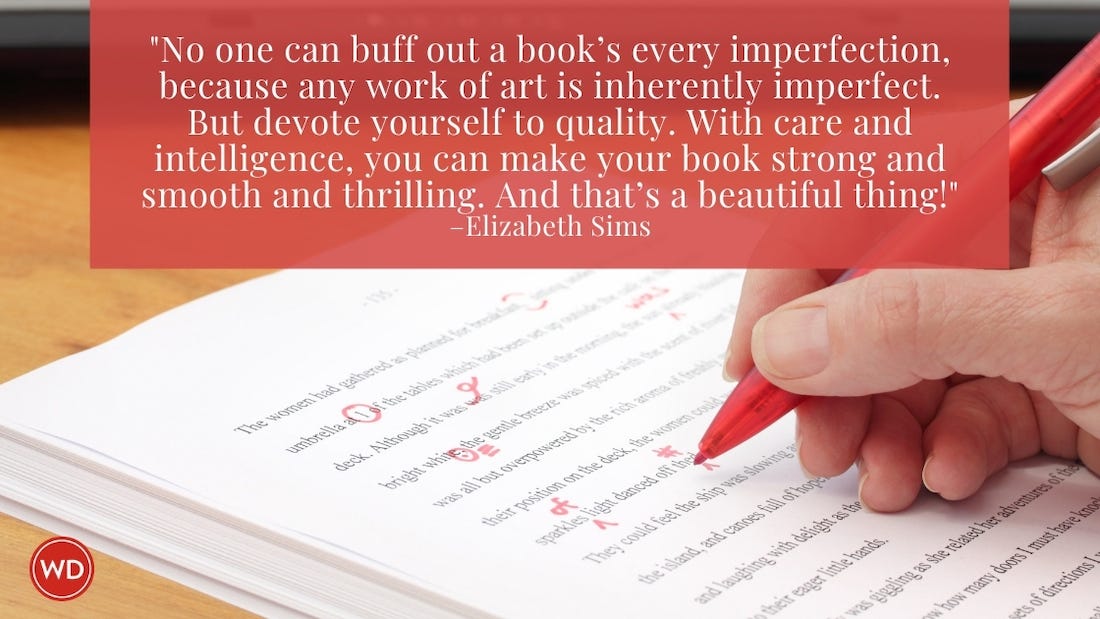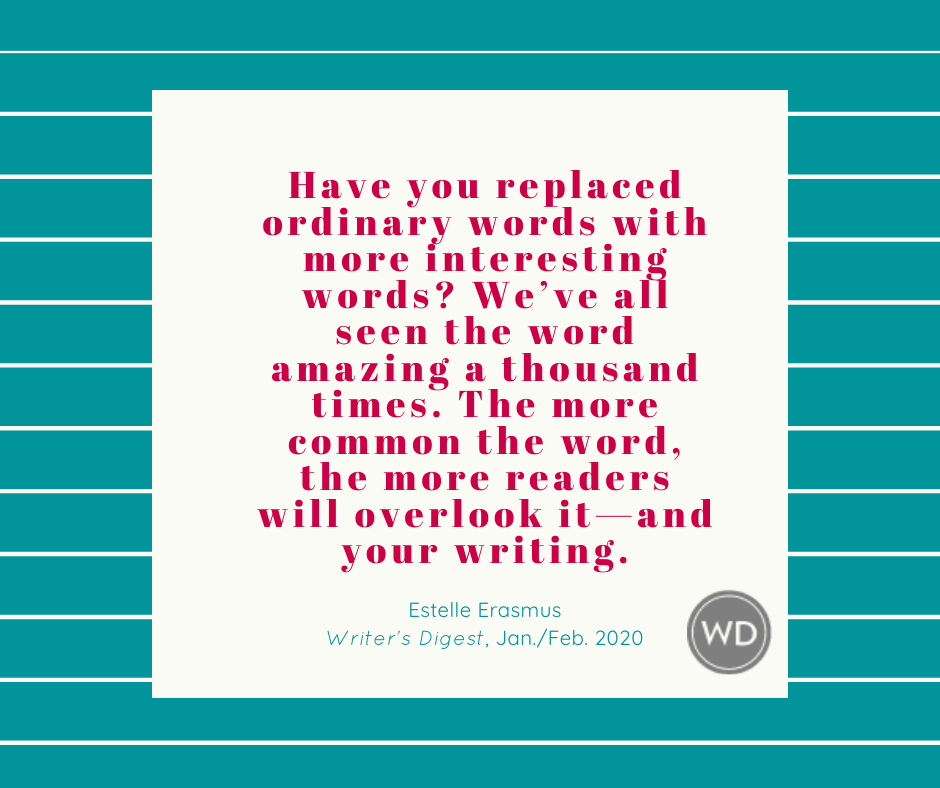4 Editing & Proofreading Techniques For Your Novel
Joseph Bates, author of The Nighttime Novelist, shares tips for editing and proofreading a novel or book. Creating A System For Editing & Proofreading Revision is really about seeing your…
Joseph Bates, author of The Nighttime Novelist, shares tips for editing and proofreading a novel or book.
Creating A System For Editing & Proofreading
Revision is really about seeing your book as a whole--recognizing patterns you didn't notice before, and reconciling any disparate parts into a unified whole. The best way to accomplish this is to be systematic in your approach to editing by clarifying what works, what doesn't, and what you need to keep an eye out for so that your goals in rewriting will be clear.
Whatever system makes sense to you is, of course, the best. Nevertheless, here are some tips that should make the process easier:
1. Print a copy of the novel and mark it up.
Having a hard copy in front of you allows you not only to make line-by-line edits as you need but to jot down questions for later, make comments on consistency or style, find and mark (with paperclips or tabs) any scenes or moments you need to look at for comparison, and in general, to have a conversation with the draft. You'll want your printout to be double-spaced so you have plenty of room to make comments and edits. (Also don't forget to number your pages first, to help as a reference and in case your dog decides to arrange the novel for you.)
2. Be consistent in your marks.
A question mark might indeed convey the appropriate emotion when you find passages that don't make sense, or where the pacing drags, or where there's a glaring plot hole or a character who seems to act out of character. But a question mark doesn't really help you recognize one problem from the next when looking back over your notes. Be specific and consistent in your marginalia, coming up with a clear method for identifying and distinguishing types of problems you encounter. You'll of course want to keep a legend of some sort to help you keep the marks straight. Or, you might want to include these in the master document you make below.
3. Make a style guide.
Publishers always create a style guide in which they make clear the stylistic, structural, and occasionally substantive needs for the project. You might want to make a master guide of your own, divided into different sections and categories to allow you to keep your notes straight: one on redundant or overused language to avoid, for example; another on timeline; another on characters and their particulars (so you don't forget that the secondary character with the fast car is named Bob Miller, not Bill Miller, as you sometimes call him); another on settings and the characters associated with them ... anything at all that will help you keep track of your fictional world and the line-by-line rules you've set.
4. Keep track of problems as they occur to you.
If you realize some problem or inconsistency in the novel, though it's not part of the problem you're currently working on, don't file it away in your head and promise to come back later; find an appropriate place on your style guide to note the problem immediately, while you still recognize and understand what the problem is.
It's important to keep a sharp mind during the editing, proofing and rewriting stages, but it's also important to keep a good attitude. Revision isn't drudge work, punishment for having written a novel, but an opportunity to see your work in new ways and learn about it, so that the rewritten draft will be even stronger and closer to your vision for the story.
This excerpt is from The Nighttime Novelist. Read an exclusive interview with the author. For more editing and proofreading resources, we suggest:









